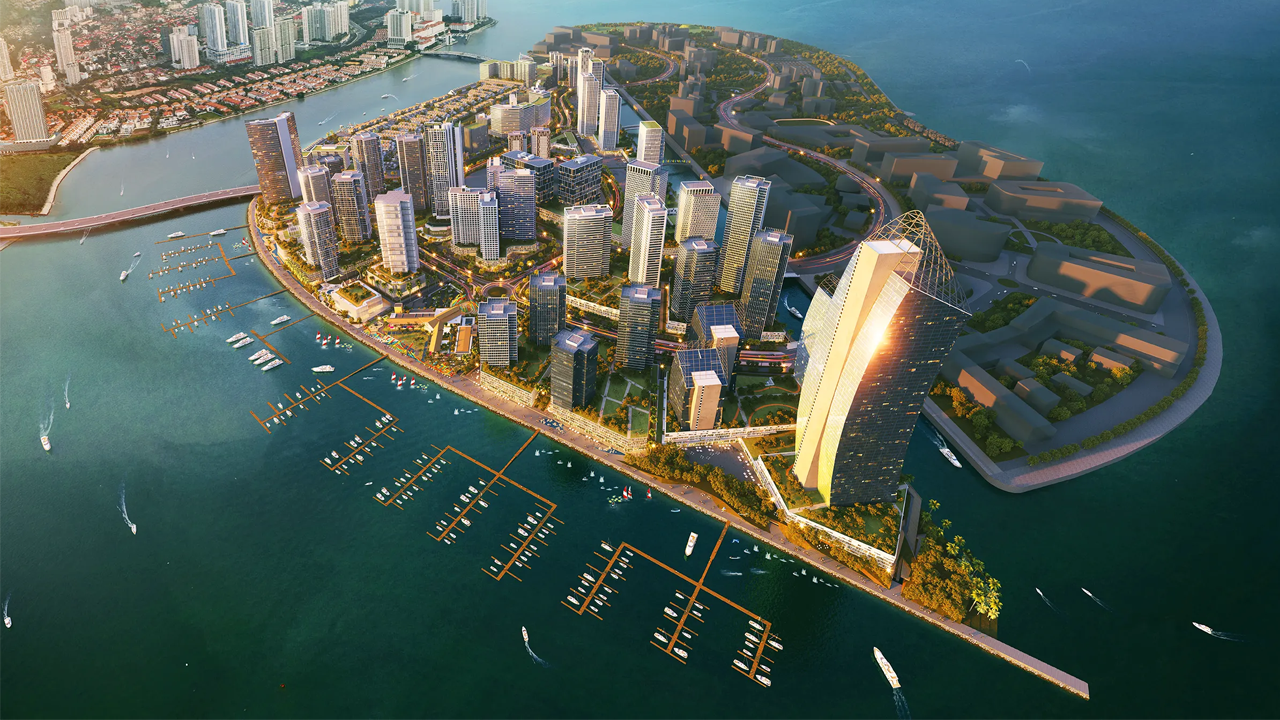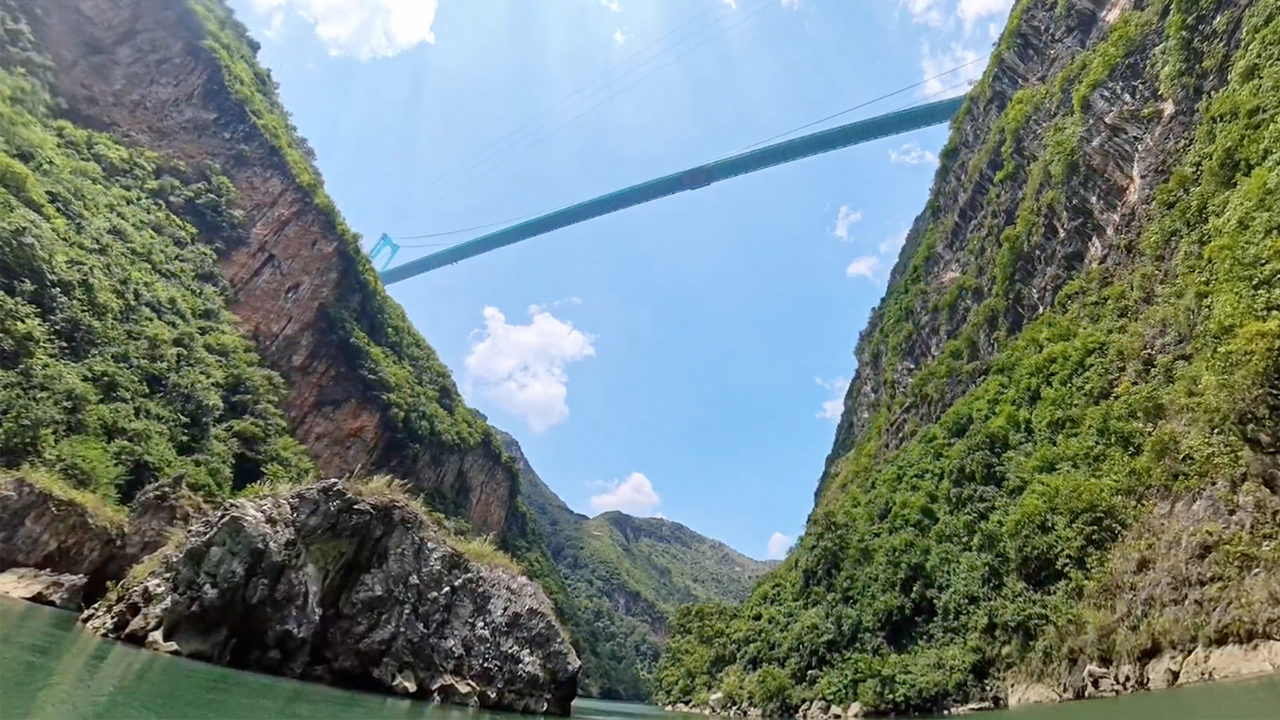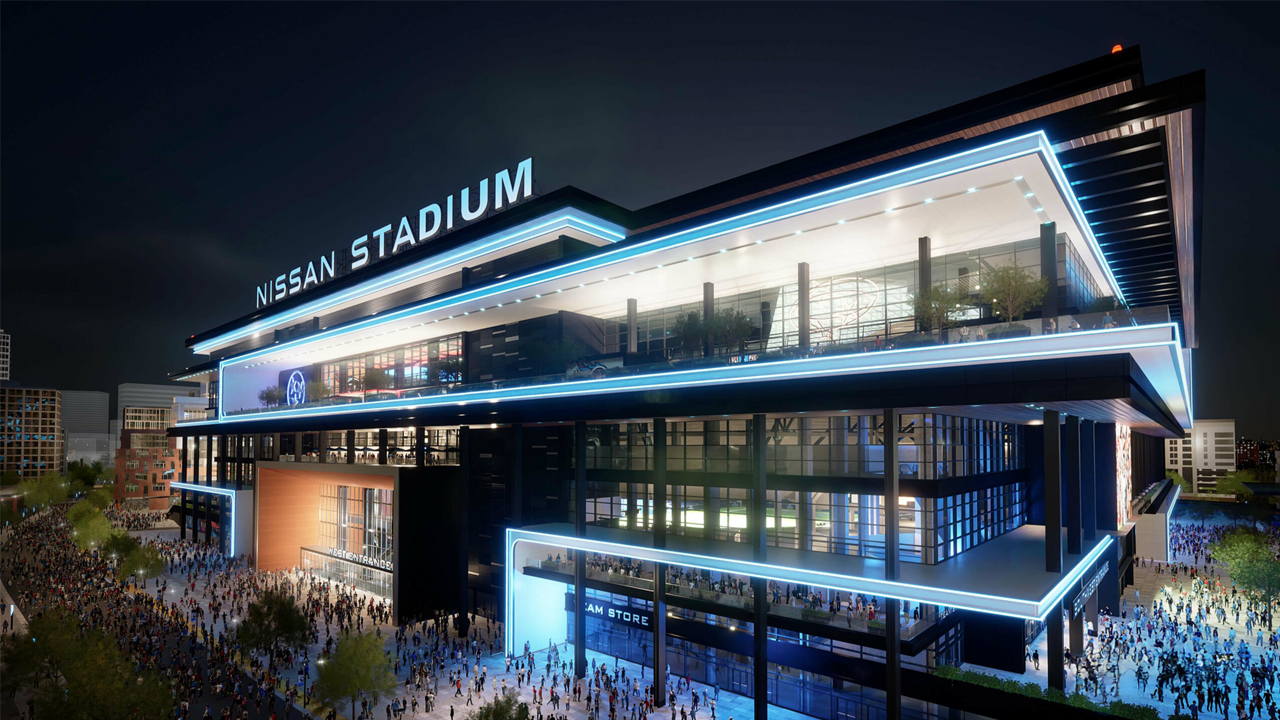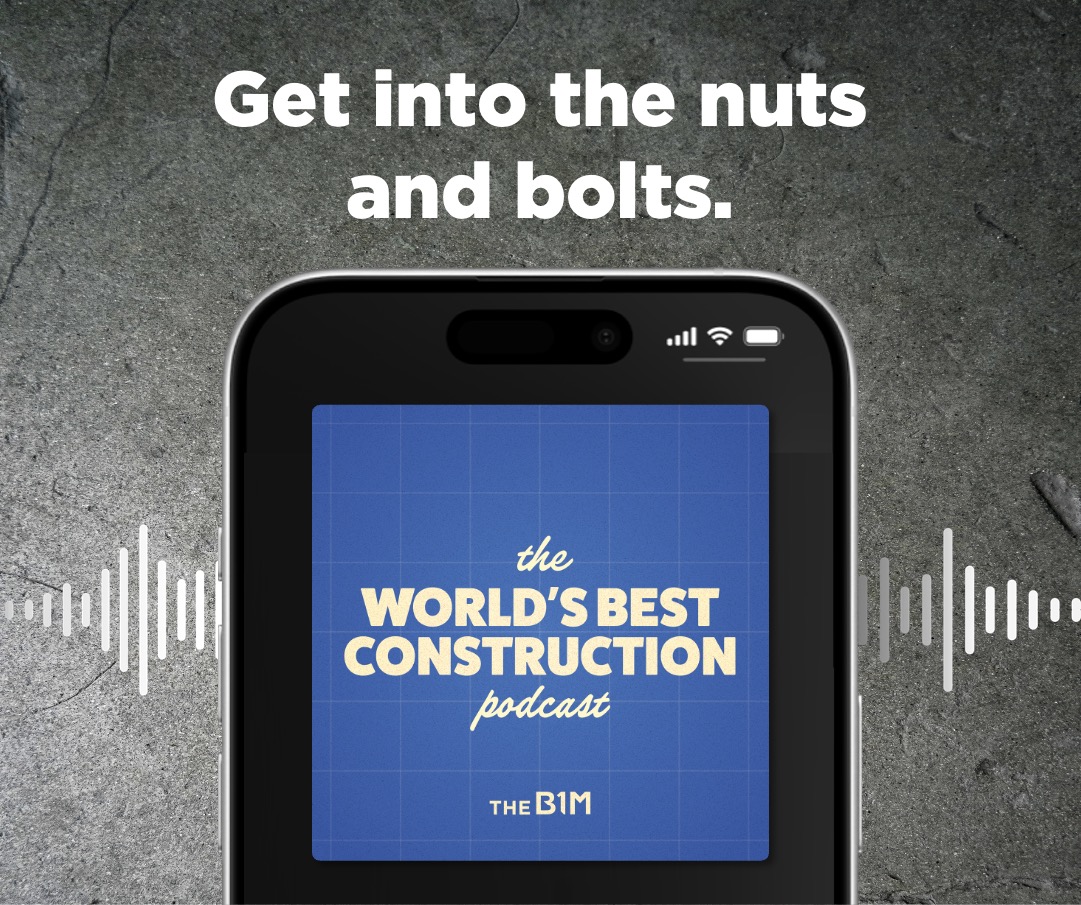Why America Abandoned its Greatest Ever Stadium
- Youtube Views 1,484,439 VIDEO VIEWS
Video narrated and hosted by Fred Mills. This video contains paid promotion for Nemetschek.
ON the outskirts of downtown Houston sits a giant structure once known as the Eighth Wonder of the World.
It was the first ever domed stadium, one of the top attractions in the entire US, and the largest indoor space ever conceived at the time of its construction.
Designed to become one of baseball’s greatest landmarks, it went on to do so much more, hosting some of America’s biggest concerts, sporting contests and even stunt shows of the mid-20th century. Elvis, The Rolling Stones, Frank Sinatra — they all played here to huge crowds.
But for more than 15 years the legendary Astrodome has been closed, and left to rot. Well, not quite. Now that it’s a Recorded Texas Historic Landmark, destroying it is near impossible. But all previous attempts to redevelop this fallen venue have failed.
And so, it’s remained empty, a shell of its former glory days. But that might be about to become a thing of the past.
Swinging Sixties
The 1960s in Houston, Texas, was a time of dramatic change. With its population nearing a million residents, the city had just completed a huge land grab to expand its borders.
By 1962, many Houstonians were profiting from the new oil boom and NASA was busy building its Manned Spacecraft Center — the control hub for the Apollo Program.
Houston was on the up, but there was one thing all the top US cities had, which this didn’t — a Major League Baseball team.
And not only that — even if it could acquire one, they would need a suitable place to play, ideally somewhere that could serve other purposes too.
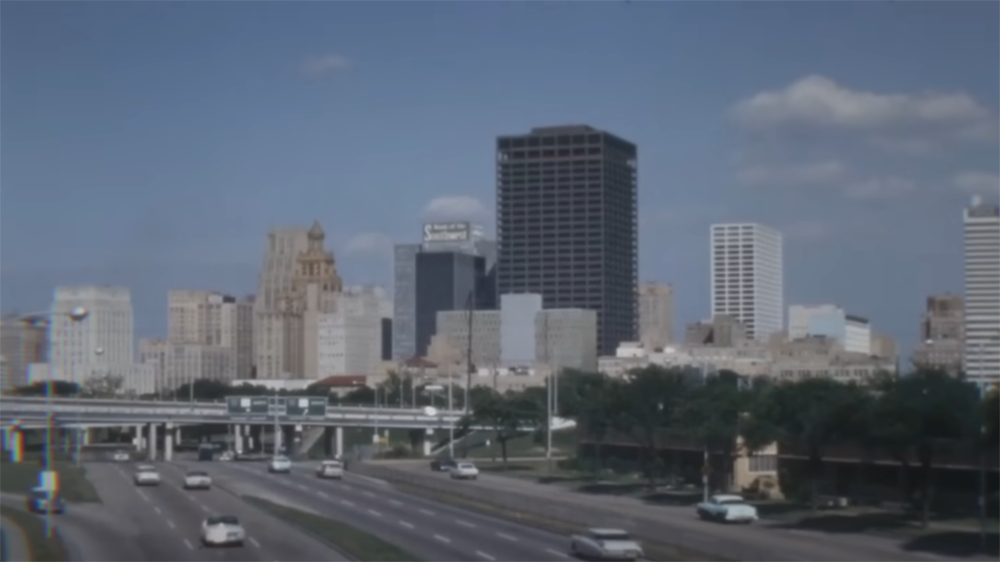
Above: A view of Houston in the 1960s.
Who would step up to the plate and solve this problem? Enter Roy Hofheinz. A former judge and mayor of Houston, he would go on to become the first owner of the Astros, a baseball franchise that’s now won two World Series titles.
But they still needed a new home, and Hofheinz saw it as an opportunity to do something groundbreaking.
After being soaked by rain at another stadium — which were all open-air — he had the idea of building one with a roof.
Not just any roof, though. He’d spent time working with architect and engineer Buckminster Fuller, known for developing the geodesic dome.
Which explains how he came up with the Harris County Domed Stadium, better known as the Astrodome.
It would be an indoor stadium covered with an enormous fixed roof, which had never been done before.
And it was capable of holding 70,000 people in various configurations and layouts, making it truly multi-purpose.
The venue could be converted into a football stadium — important when the Houston Oilers had also signed up to play here. And, crucially, it could even be set up for big concerts.
Covering the bases
You might be wondering why we keep going on about the roof, but it was a pretty significant addition.
Putting a giant lid on the Astrodome would allow the venue to host events all year round — especially useful during Houston’s monsoon season.
Spectators were kept comfortable during the infamous Texan heat too thanks to some pioneering technology. This was the world’s first air-conditioned stadium, too.

Above: The Astrodome had several purposes, but was mostly used for baseball and football.
As with all construction projects, it began with an excavation, but this needed to be exceptionally deep. Because although it doesn’t really look like it from outside, it’s a nine-storey structure.
The reason for this is that three of them are subterranean. Astrodome’s floor sits more than nine metres below ground.
And because this is Texas, the roof was designed to withstand all possible climactic conditions, including hurricanes and gusts of up to 165 mph.
The result was a gigantic steel-lamella-truss structure with a clear span of almost 200 metres — meaning there were no columns or supports.
This helped to create a whopping 37,000 square metres of indoor space. That’s the same as six White Houses — more than any other venue in the world back then.
But to be an icon it couldn’t just be sturdy, it had to be striking. And so to quite literally top it off, the covering was adorned with almost 5,000 Lucite panels that all acted as individual skylights. The result was spectacular.
Not so green grass of home
However, while the roof was a success structurally and aesthetically, there was one crucial flaw. Despite being designed to let light through — necessary for a natural grass surface — not enough of it was getting in.
To make matters worse, those panels were causing so much glare it was distracting players. So, they painted sections of the roof to stop it from happening, but that killed the grass for good.
The solution was to replace it with a synthetic grass product that, again, was being used for the first time anywhere.
What would this material that debuted at the Astrodome go on to be called? You just might have heard of it. AstroTurf.
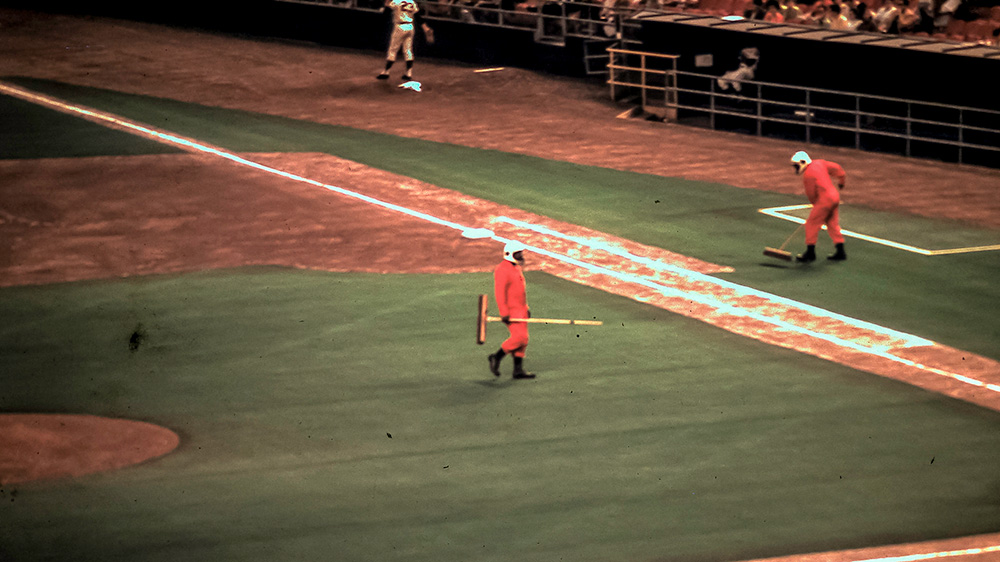
Above: The ground crew who helped maintain the AstroTurf wore orange coveralls and space helmets. Image courtesy of Bill Wilson / CC BY 2.0.
A year after it opened, the stadium was the third most-visited manmade attraction in the whole of the US.
What made it so successful was the variety of events on offer; there was something for everyone — not just baseball and football fans.
There were concerts from the likes of Judy Garland, supported by The Supremes, as well as Elvis Presley.
The King of Rock ’n’ Roll’s shows were so large — his biggest yet — he admitted to being “scared” of the venue and its capacity beforehand.
As for other sports, Muhammad Ali fought there twice in the sixties, and 100,000 people came to see Evel Knievel jump 13 cars on his Harley Davidson in ’71.
And how can we forget the historic Battle of the Sexes tennis match between Billie Jean King and Bobby Riggs in 1973? Yes, that happened here too.
In its early years, only the Golden Gate Bridge and Mount Rushmore were more popular with the public, and the venue would later star in multiple movies. But sadly it wasn’t to stay that way forever.
The downfall
Midway through the ‘70s, the stadium was already hitting its peak. Despite being renovated in the late 1980s, the following decade saw the Astrodome go into a steep decline.
The ‘90s saw the Oilers move out in search of their own stadium, going to a whole other state. They’re now the Tennessee Titans of the NFL. Three years later, even the Astros would follow suit.
By now the venue was beginning to feel antiquated and unable to compete with the modern facilities that newer stadiums could provide.

Above: The Astrodome before its slide towards obsolescence.
Then, in 2002, the Astrodome got a new neighbour. It was massive, with modern, state-of-the art equipment and designed to be multi-use.
And when we say neighbour, we don’t mean a few streets away; this guy had moved in right next door.
Now called the NRG Stadium, it has more seats, with better transport connections and a roof that’s impressive for a different reason — this one retracts.
The poor old Astrodome didn’t stand a chance, and that same year it put on what turned out to be its last event — the Houston Livestock Show and Rodeo. This is Texas, remember.
Emergency service
After briefly becoming useful again in 2005 — when tens of thousands took shelter here in the wake of Hurricane Katrina — the final nail in the coffin came in 2008.
That’s when fire inspectors unearthed a dangerous amount of code violations, forcing its closure a year later.
And it’s been virtually abandoned ever since — used mainly as a storage space for the stadium that sealed its fate.
Half a decade passed and talk of demolishing the structure, somewhat inevitably, began to gain traction.
With it sitting there doing nothing you can kind of understand why, but you can’t forget that this was an American icon.
Which is why the National Trust for Historic Preservation stepped in to try and save the Astrodome.
It was a move that ended in victory for a venue that, despite those flaws that led to its closure, remains in good shape.
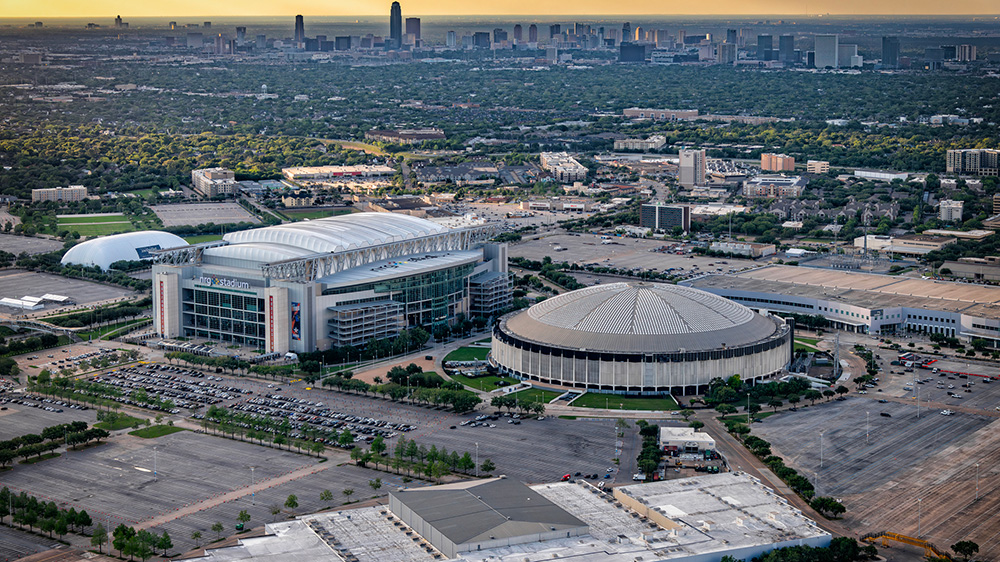
Above: The Astrodome and the NRG Stadium side by side.
Its protected status saved it from the wrecking ball, despite it costing Harris County around $200,000 a year to maintain.
That decision was made years ago, but it seems Houstonians are still keen to keep the Astrodome, as long as it’s turned into something new.
According to a poll from the Houston Business Journal, almost 90% of people think it should be renovated and repurposed.
And that has been the intention for more than a decade now — several schemes have been put forward over the years.
Outpouring of ideas
2014 saw a call from the Urban Land Institute to turn it into an indoor park, and in 2016 a more ambitious plan was unveiled.
The A-Dome Park project would have seen the stadium uncovered and stripped down to its structural elements, with a park placed outside — rather than inside — the building.
Visitors would see the pioneering engineering that went into the dome’s construction more closely, while the interior could again be used for big public events. However, no idea has yet made it past the render stage.
“Many of the proposals in the past have tried to use the structure that's within the stadium. So, all the concourses and things of that nature,” explained Jerry Alexander, co-managing director of Gensler Houston.
“Well, those are just not suitable any longer. They're deep, they're dark, they are concrete, they're low ceiling heights, and they really don't fit current code.”
But the latest proposal, announced in 2024 and co-led by the company Jerry works for, could be the most likely yet to succeed.
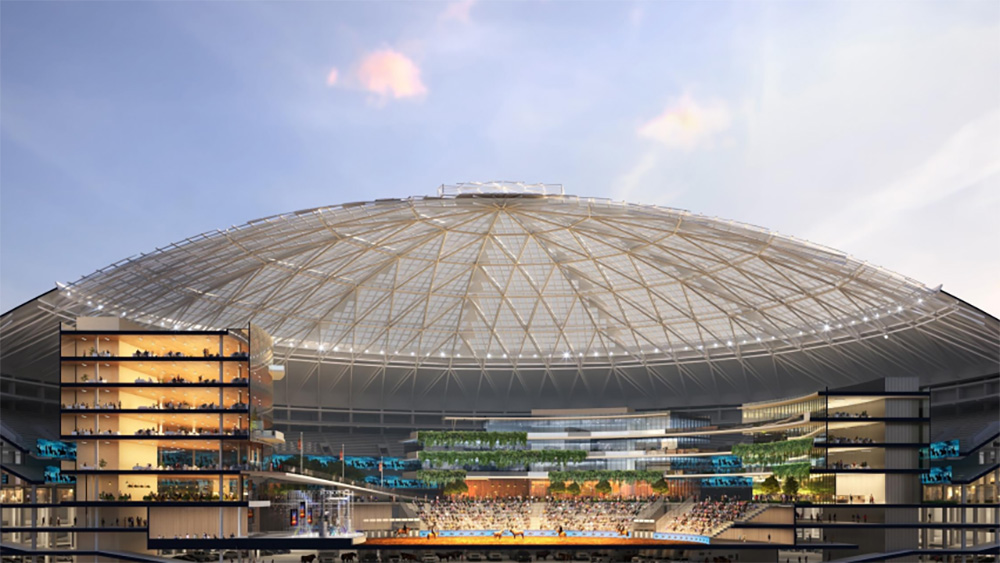
Above: A cutaway rendering showing what Vision: Astrodome might look like. Image courtesy of Astrodome Conservancy.
Vision: Astrodome is a $1BN redevelopment concept from architecture firm Gentler and a nonprofit group called the Astrodome Conservancy.
They proposed transforming it into a building that houses four structures in one — all contained within that famous dome.
Surrounding a new flexible arena space in the middle would be restaurants, retail units, office and commercial space.
And because this is Houston, Texas, there’s also a NASA Center and a ‘Rodeo Experience’.
Making connections
There would even be a sweeping pedestrian boulevard that runs all the way through the Dome, and surrounding buildings, including the NRG Stadium.
Apparently, the planners took inspiration from New York’s High Line.
“We would preserve this incredible interior volume, right? And what we would do is bring to life that entire ground floor all around the Astrodome that spills out onto a great circular lawn,” said Alexander.
“So many people would love to go in and see it — visit the Astrodome and relive some of those experiences.”

Above: The new proposal would see the redeveloped Astrodome better integrated with adjacent buildings and infrastructure. Image courtesy of Astrodome Conservancy.
Now, if you’re assuming that taxpayers alone will be forking out for this then that’s not entirely true — the idea is to pay for it with a mix of public dollars and private investment.
By filling the venue with “revenue-generating space,” the hope is that this will prove to be an attractive option for Harris County, its taxpayers and those private funders, which has proved to be a difficult balancing act.
The pushback
Not everyone is convinced. The CEO of the Houston Livestock Show and Rodeo, one of the main stakeholders, has said the plan “does not align with its strategic vision.”
Meanwhile, a county spokesperson has come out saying the concepts announced so far “haven’t resulted in viable funding and maintenance solutions.”
“We like to say, if this work were easy, it would be done. It would be complete. It is challenging to find the right ingredients to bake this cake. I think Vision: Astrodrome has been remarkably successful initiating that conversation,” stated Beth Wiedower Jackson, executive director at the Astrodome Conservancy.
While it could be that this latest vision gets cast aside just like the others, the Conservancy is confident that it can win over the doubters.
“The challenge really is working with all of the stakeholders,” continued Wiedower Jackson.
“How do we navigate those so that it can be a win for the county and the people of Houston but also the NFL franchise and the other tenants that utilise that park? We're taking all of that into account when we are working to propel Vision down the road.”
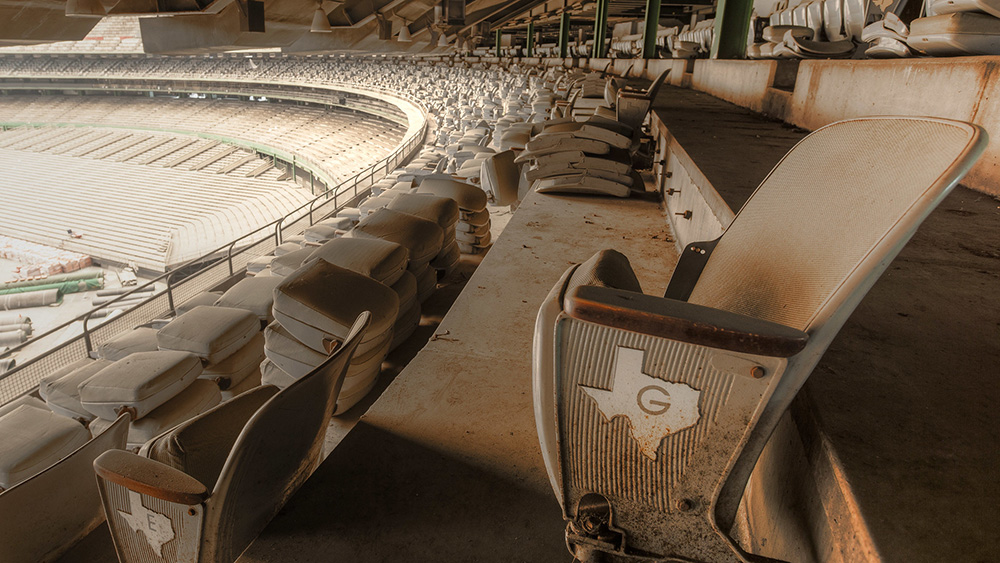
Above: The Astrodome has been left abandoned for too long. Image courtesy of Jonathan Haeber / CC BY-NC 2.0.
All buildings eventually come to the end of their serviceable lifespans, but few have a story as illustrious as the Astrodome. It’s why, despite a major downfall, the stadium has been saved from destruction.
But it can’t just be left to crumble away forever; something must be done to give it a new purpose.
Whether it’s this latest idea or yet another still waiting to be revealed, let’s hope it doesn’t take light years to get lift-off.
Discover why engineers trust RISA-3D, part of the Nemetschek Group, for their structural designs here.
Additional footage and images courtesy of ABC13 Houston, adomepark.org, Astrodome Conservancy, Bill and Mavis - B&M Photography / CC BY-SA 2.0, Bill Wilson / CC BY 2.0, Chris Cafiero, CONACAF, DeGolyer Library Southern Methodist University, Evel Knievel, Gramercy Pictures, Houston Sports Association, Jonathan Haeber / CC BY-NC 2.0, KHOU 11, KPRC-TV, KSAT 12, Metro-Goldwyn-Mayer, MLB, pakojoe and Universal Studios / Pictures.
We welcome you sharing our content to inspire others, but please be nice and play by our rules.
